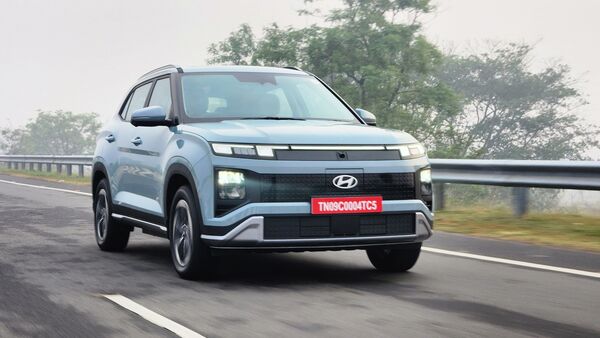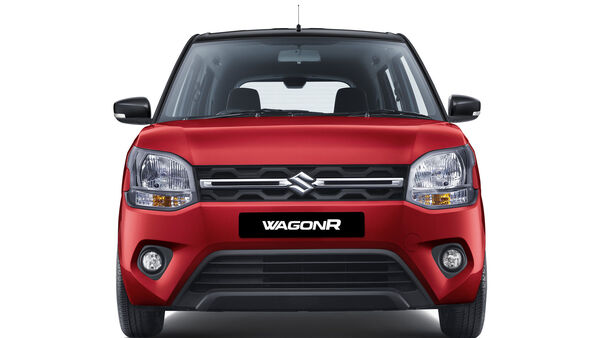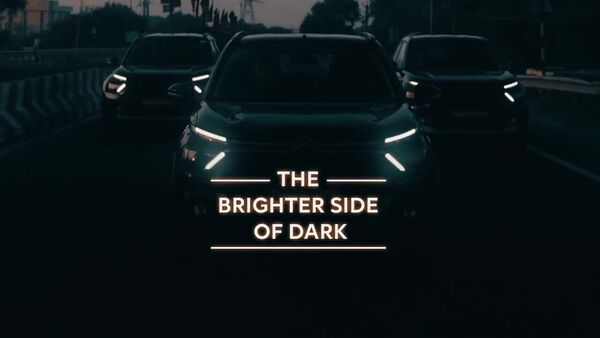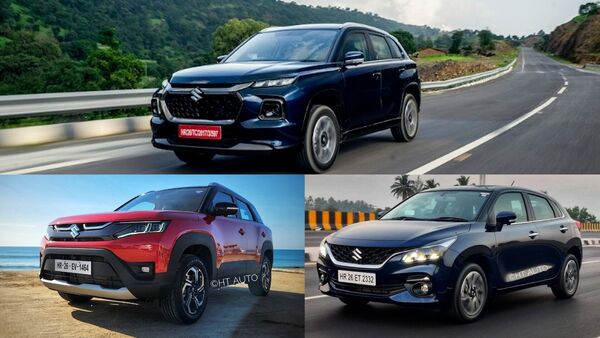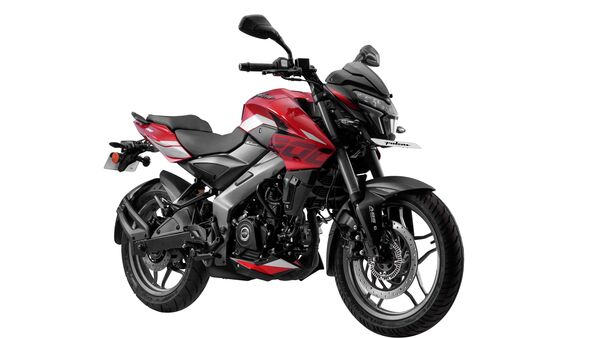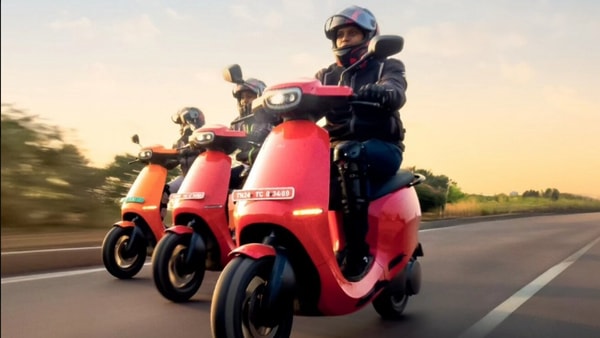
Ola Electric fortunes dip, market share down to 27%: Decoding the slide
6 months ago | 5 Views
Ola Electric has time and again underlined its credentials of being a market leader in India's electric two-wheeler space despite taking on well-entrenched rivals with decades of experience and expertise in making and selling scooters. CEO Bhavish Aggarwal has even predicted scooters powered by combustion engines are heading for extinction. Numbers have been with his company but these numbers are now under stress. Ola Electric, established in 2017, has seen its market share fall five consecutive months and September saw the company sell its lowest number of units for any month this year.
Data from the Vahan portal of the central government revealed that Ola Electric had sold 23,965 electric scooter units in the month of September. This is the second consecutive month of declining month-on-month sales and comes just two months after the company went public in a much-followed IPO (Initial Public Offering). All has not been well, however, and there may be a lot brewing behind the bare numerical highlights.
Aggarwal has previously trained his guns against competing brands like Bajaj Auto, Royal Enfield and TVS Motors for either not having electric models or going slow with their respective electric strategy. India's two-wheeler segment has indeed seen electric scooters find fervent favour and in this sub-segment, Ola Electric has taken the biggest strides in terms of sales. But with each stride has come a fair share of criticism and backlash. Mostly, and shockingly, from existing customers.
Is Ola Electric shifting goal posts?
Ola Electric launched its first electric scooter - S1 - in August of 2021. The electric scooter was made available in two versions - S1 and S1 Pro, both with 8.5 kWh motor but different battery sizes and feature lists. More importantly, Ola Electric decided to have a D2C (direct to customer) sales model which meant there would be no actual/physical store anywhere in the country. Purchases would be made online and for service, the company relied on mobile units with assistance provided at a customer's indicated location. But it didn't quite work as many owners of Ola e-scooters complained of prolonged or ineffective repair works, prompting the company to open physical service centres.
Last month, Ola Electric announced the launch of ‘Network Partner Program' under which it claimed it has already on-boarded 625 partners to expand its sales footprint in the country. But this in itself is a sharp deviation from the D2C strategy from three years ago.
Complaints regarding delayed deliveries of booked units and shoddy servicing of existing e-scooters have only compounded, hurting the company's image each time. Social-media platforms are crowded with accusations of sub-standard parts and malfunctioning software. One owner even set fire to an Ola Electric workshop because, as per cops, he was frustrated with the service centre failing to repeatedly fix his scooter.
The company has also been faulted in the past for being rather lacklustre with its responses to customer complaints, prompting it to bring out ‘Hyper Service' campaign under which it plans to roll out initiatives like quick service, cab coupons and even back-up e-scooters. It is not certain if these will alleviate customer concerns but it is a sign of an admission on the part of Ola Electric these concerns exist and that these concerns may be hurting it.
Is Ola Electric facing increasing heat from rivals?
Ola Electric has been dismissive of many competing brands but these same brands have levelled up big time in recent years. Take Bajaj Auto for instance. The company may be a behemoth player that traces its origins back to pre-Independence era and may also have been slow to set its own e-scooter ball rolling. But the manufacturer of e-Chetak appears to have realised this and has realigned its priorities because over the course of 2023, the company took its e-scooter dealerships in the country from 100 to 500. In the same time period, Ola Electric dealership network went from 750 to 800.

Bajaj Auto sold 18,933 units of its e-Chetak last month while TVS also reported a month-on-month rise by selling 17,865 units of its iQube. Both have managed to close the gap with Ola Electric in terms of monthly sales. Based on these numbers, Bajaj Auto is now the country's no.2 e-scooter maker. More significantly, the no.2 and no.3 are keeping the no.1 in their respective cross-hair. And Ola Electric, which sold over 52,000 units in March of this year, has continued to slide.
Is the e-scooter market thawing?
There are clear and present signs that demand for electric vehicles across the world is not increasing at the rate at which it was previously predicted. In India, how the electric two-wheeler segment performs has a big bearing on how the EV industry as a whole fares.
As per government data, a little over 88,000 electric two-wheelers were sold in September. Although it is an impressive 40 per cent year-on-year growth in retail sales, it was previously predicted that the pace of growth would be higher still.
There are no alarm bells ringing anywhere and the celebratory mood may be on. But on the horizon, the danger clouds may have only started to appear. Electric passenger vehicles have not been included in the recently-announced PM E-Drive scheme worth ₹10,900 crore which means solid subsidies for purchasing such mobility options are less of often missing. The overall automobile market in the country has also seen tapered sales compared to record highs of last year.
Are price wars hurting Ola Electric?
For Ola Electric in particular, pricing its options lesser than its direct rivals have worked. But these same rivals have jumped on the price game now to hit back. This means the competition is now more fierce than ever before. The Ola S1 X for instance is priced at ₹90,000. But so is the base variant of TVS iQube. And the Bajaj e-Chetak pricing starts from ₹96,000 onwards (all prices are ex-showroom). A slew of offers on all these models this festive seasons are all tailor-made to grab the attention of potential customers.
While the EV field of play does level the game between newer and established competitors to a large extent, Ola Electric's brand image may not be as solid as that of TVS and Bajaj which may mean that if there is a price war that is on, the veterans of the industry are likely to make a killing.
For a company that enjoyed an over 50 per cent market share, Ola Electric has had a great start. But its current market share of 27 per cent, although higher than any other manufacturer, is still a sharp fall. Time will tell if Ola Electric will accelerate to open a wider gap or if its share of the e-scooter pie will continue to get smaller.
Note: HT Auto reached out to Ola Electric for views on its market share and sales numbers from September. A response is awaited.
Read Also: 2024 TVS Apache RR 310 vs KTM RC 390: Which road bike with track DNA to pick


